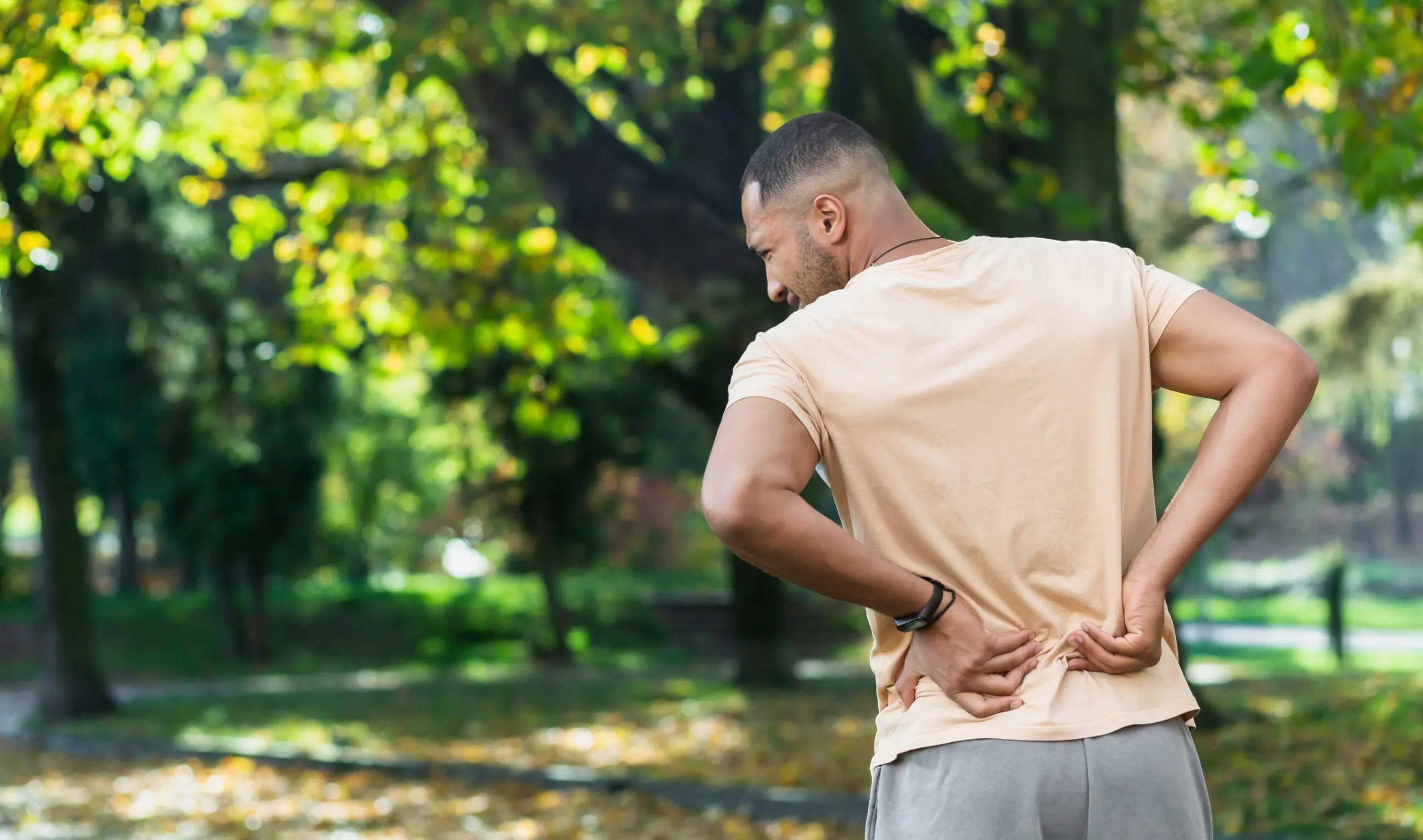If you’re experiencing hip pain, you’re not alone. The hip joint is the largest ball and socket joint in the human body and since we humans get around with our legs, they see their fair share of activity. These joints are dependably durable, though as we age, the wear and tear of time can leave us dealing with uncomfortable pain.
Hip pain can be caused by a wide variety of issues, and each patient can experience different symptoms. The location and severity of your hip pain can help doctors determine what may be causing the pain and how to best treat it. If you are experiencing hip pain while walking, you may feel like accomplishing your day-to-day tasks is becoming more and more difficult.
What Causes Hip Pain?
Based on the location of your pain, doctors will be able to narrow down a potential cause for your pain. Anterior pain, or pain on the inside of the hip joint or groin area, could be the result of several conditions. To help you understand the numerous causes of hip pain, here are some of the most common:
- Arthritis. This is the breakdown of the hip tissue that leads to inflammation and pain. There are three common types of arthritis that affect the hip joint: osteoarthritis (from wear and tear), rheumatoid arthritis (from disease), and traumatic arthritis (from injury).
- Bursitis. The bursa is a fluid-filled sac in the joint that helps to reduce friction between the bones. There are two major bursae of the hip that, when they become inflamed, can cause hip pain.
- Avascular Necrosis. When the bones around your hip joint suffer from a decrease in blood supply, bone loss can occur. This process can be the cause of injury or the presence of a tumor, and can ultimately lead to the breakdown of the hip joint.
- Hip Pointer. The ilium is the top of the pelvis you can feel with your hands just below the waist. When the muscles attached to the ilium become bruised or torn, you can experience pain. This is often caused by a blow to the hip, by falling, or by an awkward twist.
The Hip Joint
As mentioned above, the hip joint is the human body’s largest ball and socket joint. Located on either side of the pelvis, the hip joint does the hard work of stabilizing the body to allow for motion and weight bearing. The socket, or acetabulum, is a cavity in the pelvis, and the ball is the head of the thigh bone, or more medically speaking, the femur.
The socket is lined with cartilage, known as the labrum, which is responsible for a great deal of the hip joint’s functionality. Joint stability, shock absorption, joint lubrication, distribution of pressure, and the limiting of bone on bone friction are its main functions.
The hip joint is as stable as it is not only because of the labrum but also because of the support of its three major ligaments. Ligaments attach bone to bone, and the hip joint’s ligaments are named after the bones they connect — Iliofemoral, Pubofemoral, and Ischiofemoral. These ligaments form an envelope around the joint, known as the joint capsule, and are essential to the joint’s stability.
Treatment Options for Hip Pain
Treatment options for hip pain hurt vary depending on the cause. Depending on your diagnosis, your doctor will provide you with different treatment options, electing for the least intrusive options available. It is common for a treatment plan to combine physical therapy, pain management, and self-care. Over-the-counter medications can help reduce inflammation and manage the pain it causes. Similarly for muscle strains, tears, and bruises, over-the-counter medication coupled with proper rest can relieve pain.
For more serious cases of bone, tissue, and joint damage, surgery may be an option. These surgeries may be minor for certain tissue repairs, or more comprehensive for hip replacement. Without a thorough assessment from your doctor, however, it’s best not to jump to this conclusion. Talk to your doctor so they can prescribe the best treatment for your hip pain.
Preventing Hip Pain
In some cases, hip pain from overuse can be easily prevented. Stretching and strengthening the hip area and your core can quickly improve your pain when walking. Changing up your exercise routine from high-impact exercise like jogging to a low-impact exercise like swimming can also help prevent hip pain. Yoga and pilates are also great low-impact exercises that help you strengthen your core and muscles around your hip. Eating a balanced and nutritious diet, along with weight loss can also be beneficial.
Our team of hip specialists at the Orthopaedic & Spine Center of the Rockies are skilled experts in the causes of and treatments for hip pain. We know how cumbersome hip pain can be, and our goal is to get your hips back in tip-top shape, ranging from physical therapy or hip scope surgery to joint replacement. You don’t have to live with hip pain. Schedule an appointment with one of our specialists, and let’s get those hips working as they should.

